SBV began the ambitious project of transforming an unused piece of land behind Hirst Copse into a thriving sanctuary for wildlife in 2019.
St Mary Bourne Parish Council kindly granted us permission to give the piece of land behind Hirst Copse a new lease of life.
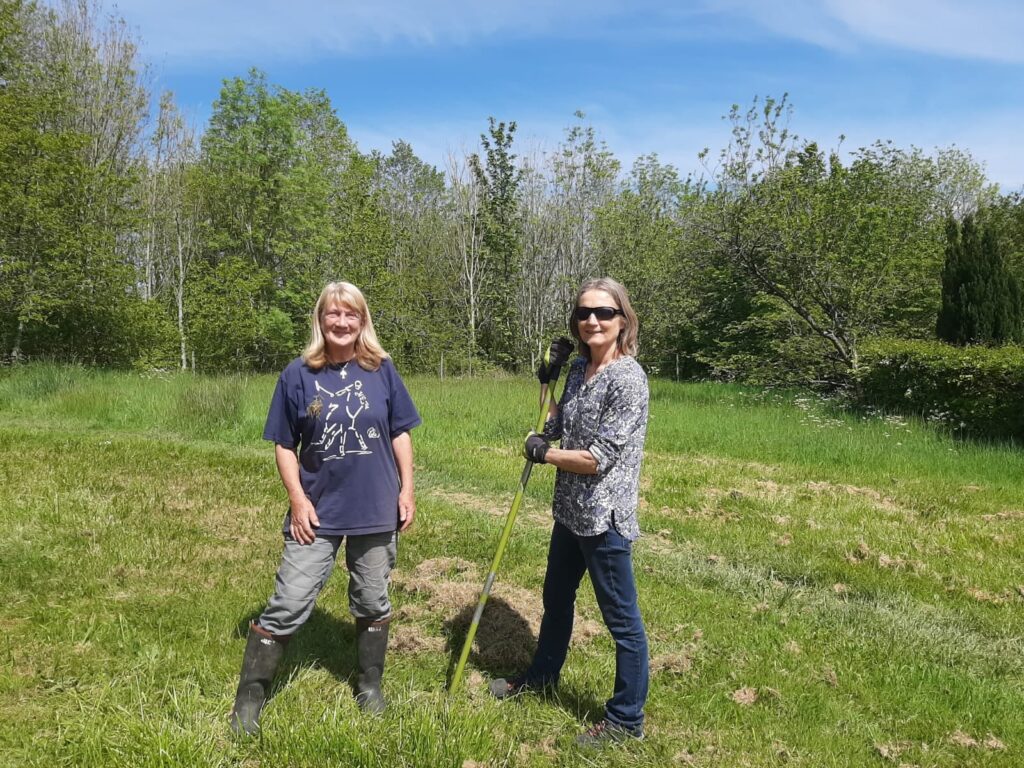

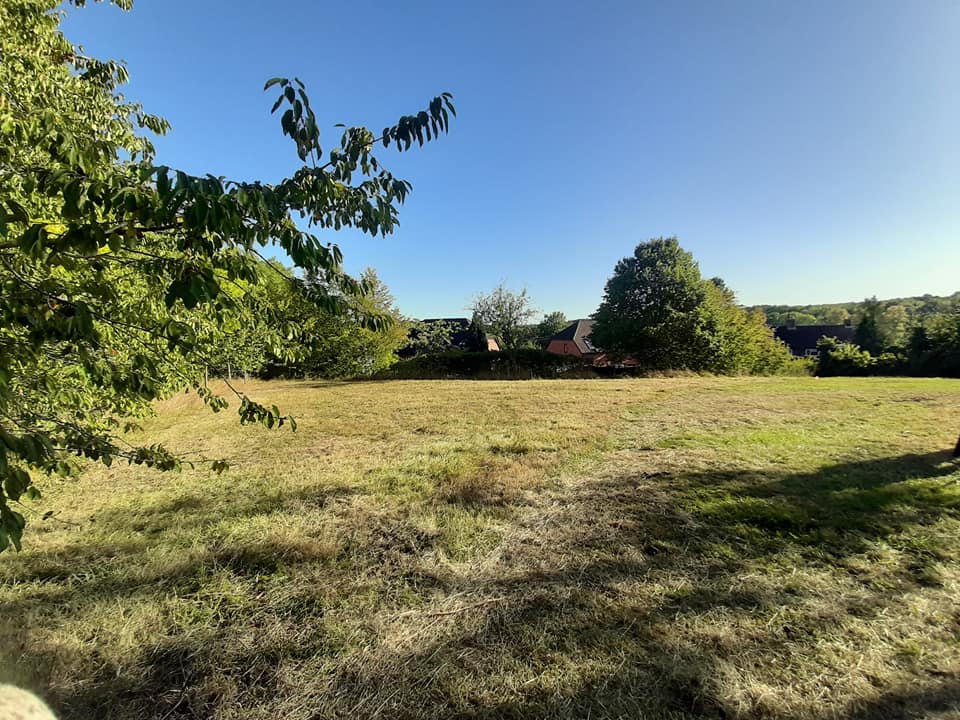



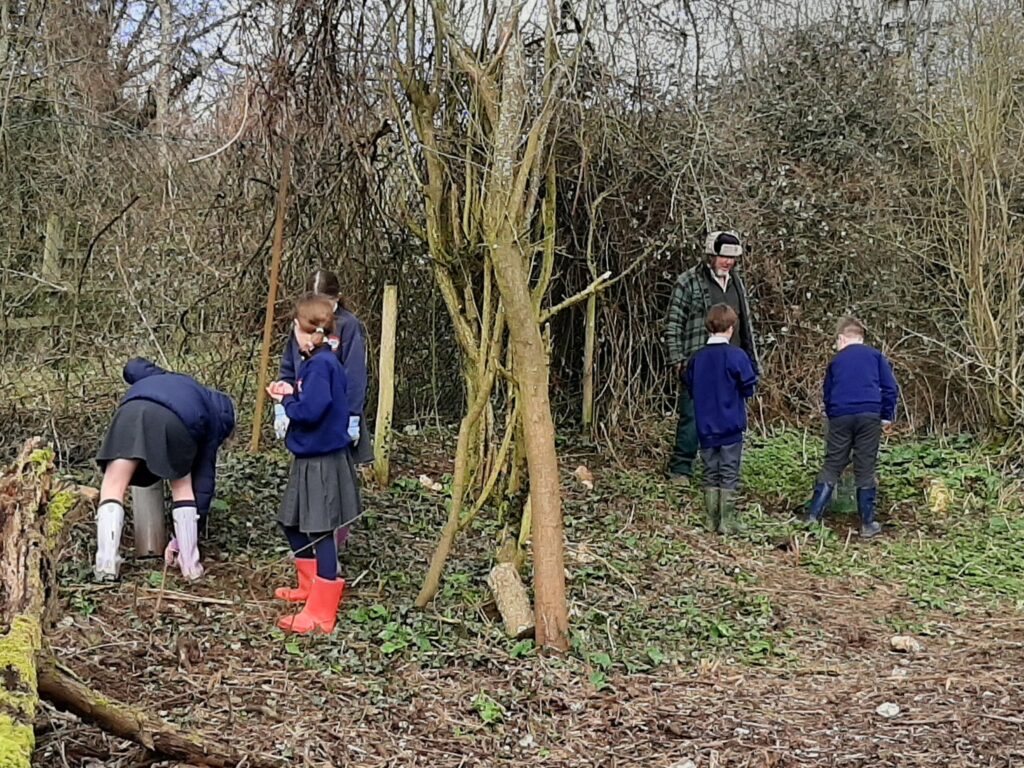

Thanks to the hard work and dedication of many volunteers and St Mary Bourne school children we set to work clearing the land ready for planting.
Our trees were planted over the winters of 2019 and 2020 by Sycamore Class of St Mary Bourne School and volunteers, after the clearance of large areas of invasive brambles, old mans beard, bindweed, cleavers, mugwort, dock and nettles.
The trees were kindly donated by Wessex Woodland Management and SMB School via the Woodland Trust and also purchased with funds raised by SBV.
We planted crab apple, walnut, hazel, hawthorn, rowan, female holly, guelda rose, juniper, blackthorn, dog rose, spindle and whitebeam.
These native trees strengthen the ecosystem and enhance biodiversity by providing food and shelter for a wide variety of insects, birds, mammals and other wildlife.
The Log Pile and Ash Stump
We created a log pile and left the stump of a dying ash tree to offer both food and shelter to many species. In natural woodlands, fallen logs and deadwood provide essential habitats for insects, mammals, reptiles, and amphibians. However, as our landscapes become more manicured, fallen wood is less common, leaving some species struggling to find suitable homes.
As the wood begins to decay, it attracts insects, which in turn provide food for birds and small mammals. Extremely rare stag beetle larvae live underground in dead stumps for three to seven years before emerging to make a cocoon in the soil. Insects, mosses, lichens, fungi, and ferns all find a home here, playing a key role in breaking down the wood and returning valuable nutrients to the soil. These nutrients enrich the soil, helping nearby plants thrive.
Our log pile, mostly made of partly decayed wood, already supports a thriving wildlife community. Slow worms, grass snakes, hedgehogs, and toads benefit from the shelter and warmth the logs provide, especially in sunny spots. In shaded areas, smaller log piles break down more slowly, creating micro-habitats perfect for mosses and fungi.


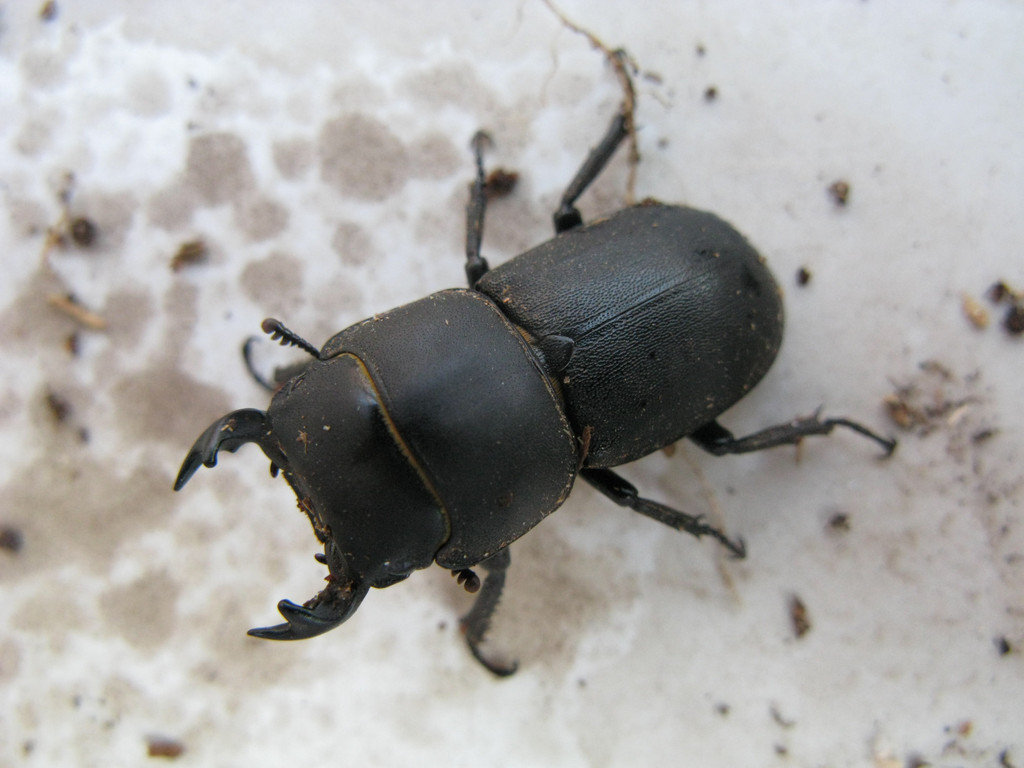


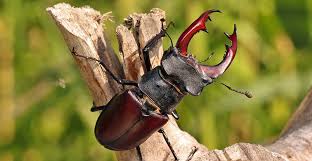
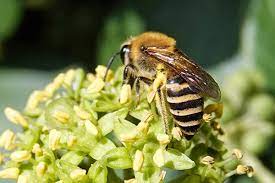
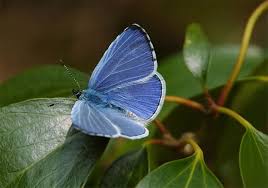
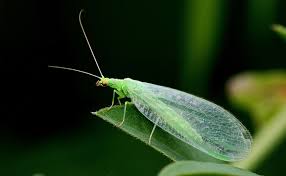


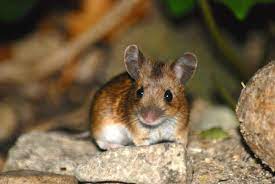
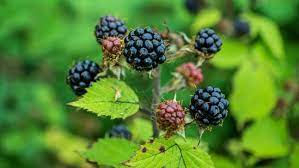

The Blackberry Patch
Blackberry plants, or brambles, are a vital resource for wildlife, offering food, shelter, and nesting spots for a diverse range of species throughout the year. In Hirst Meadow, however, the brambles were slowly spreading across the field, overpowering other plant life. We cleared some space for new trees but left a dedicated blackberry patch untouched to support local biodiversity.
This patch is now a thriving hub for hundreds of creatures. In spring and summer, bumblebees, honeybees, butterflies, hoverflies, wasps, and lacewings flock to the flowers for nectar and pollen, while spiders set their webs among the branches to catch these visiting insects. The brambles are also a critical breeding ground for various moths, including the buff archer, peach blossom, and fox moth, whose larvae feed on the bramble leaves.
As autumn arrives, the blackberry fruits provide a rich food source for birds like blackbirds, thrushes, robins, and chaffinches, as well as small mammals like mice and even foxes. Additionally, robins, warblers, wrens, and other small birds often nest within the dense, thorny cover, which provides excellent protection from predators. Small mammals also use this cover for safety, making the blackberry patch an invaluable sanctuary.

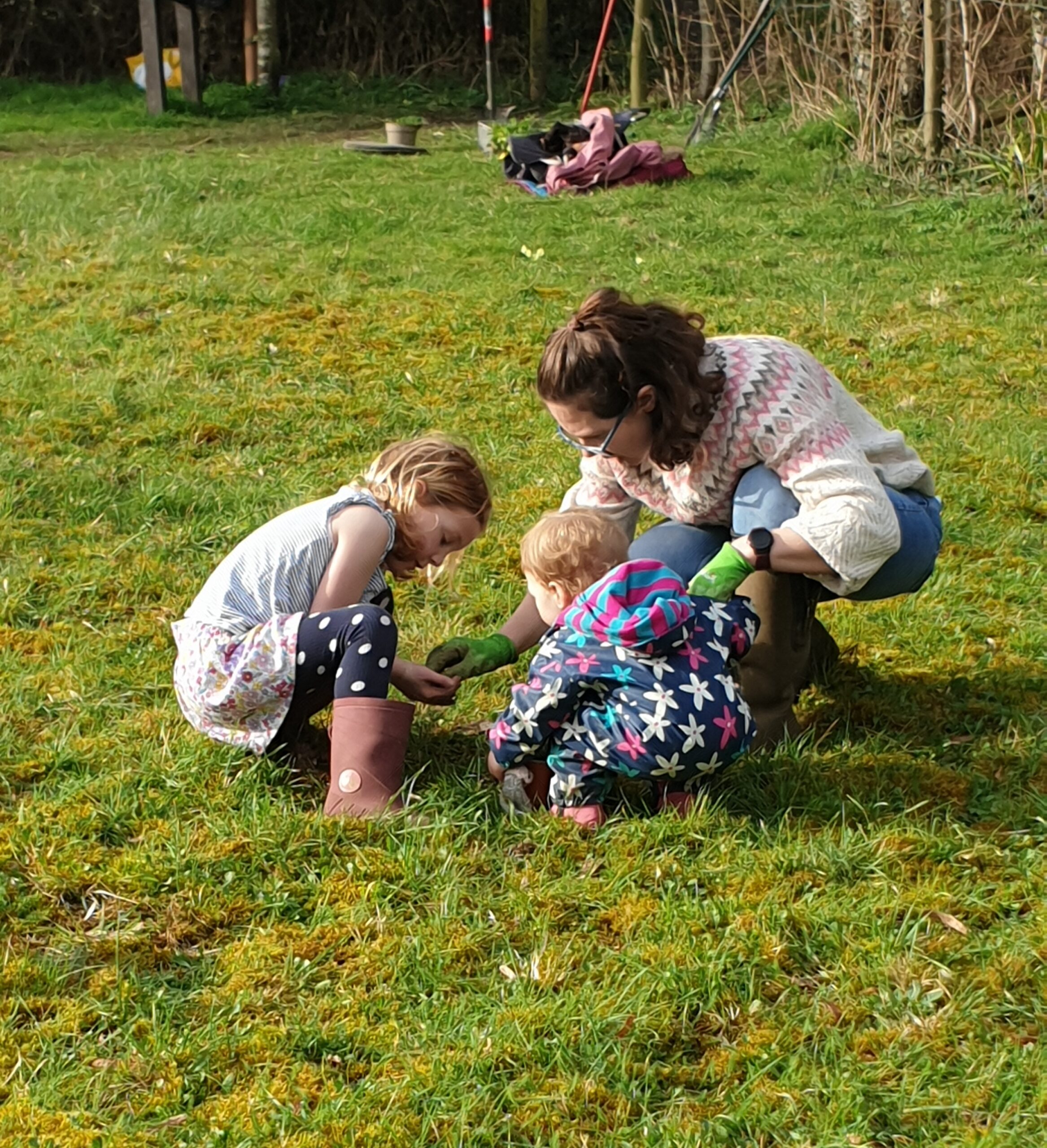


A self-sustaining sanctuary for wildlife takes a lot of time and effort.
Over the following years, SBV has remained dedicated and enthusiastic in their efforts to transform Hirst Meadow into a self-sustaining, eco-friendly haven of biodiversity.
In 2021, after the meadow had had a few years to recover from the clearing, it was time to start planting up the wildflower and lush meadows and a plant survey was carried out by Peter Billingshirst, an official Hampshire surveyor. A few common spotted orchids, black medic, sainfoin, oxeye daisy, yarrow, scentless mayweed, red and white clover, wild carrot, creeping cinquefoil, sainfoin and vetch were reappearing.
In autumn 2021 we planted over 40 cowslips which established well and look beautiful in the spring.
If you want to find out more about the trees and wildflowers that we have planted at Hirst Meadow, follow the links below.
The Wildflower Meadow
The Royal Botanic Gardens, Kew reports that 97% of ancient wildflower meadows have been lost since the 1930s, so restoring even a small patch has become our primary goal here. Years of mowing left the land in poor condition, providing an ideal foundation for regenerating diverse wildflower species.
With its poor soil, this area of Hirst Copse is perfect for many wildflowers that prefer less nutrient-rich ground; overly rich soil promotes grass growth that can crowd out wildflowers.



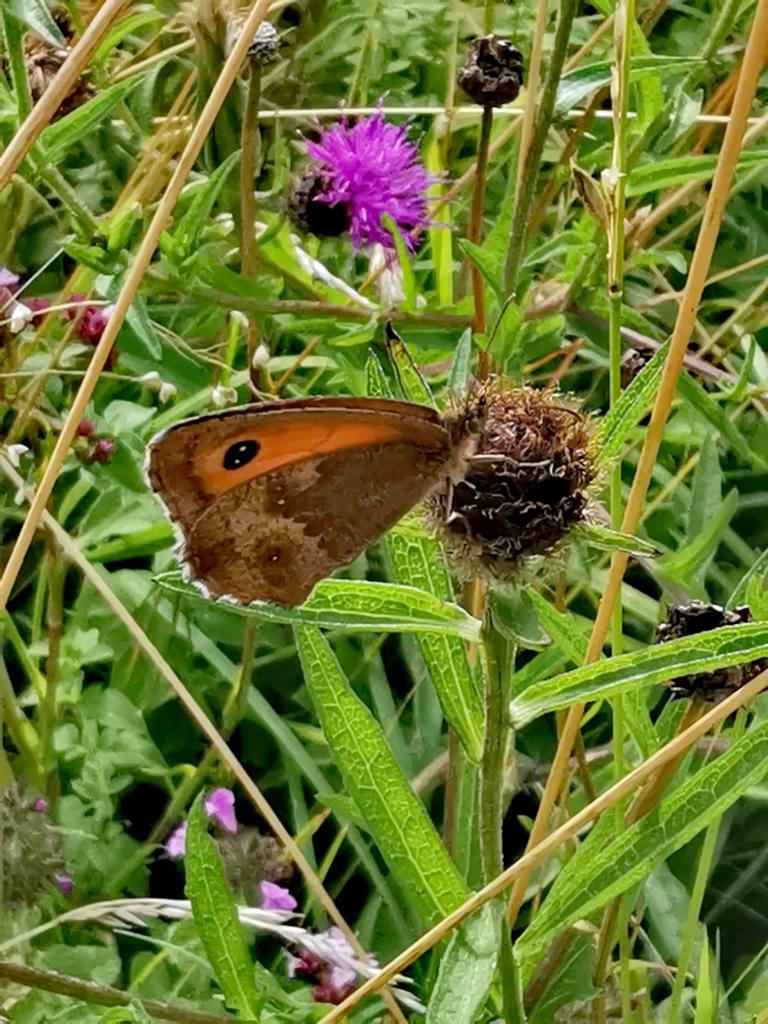
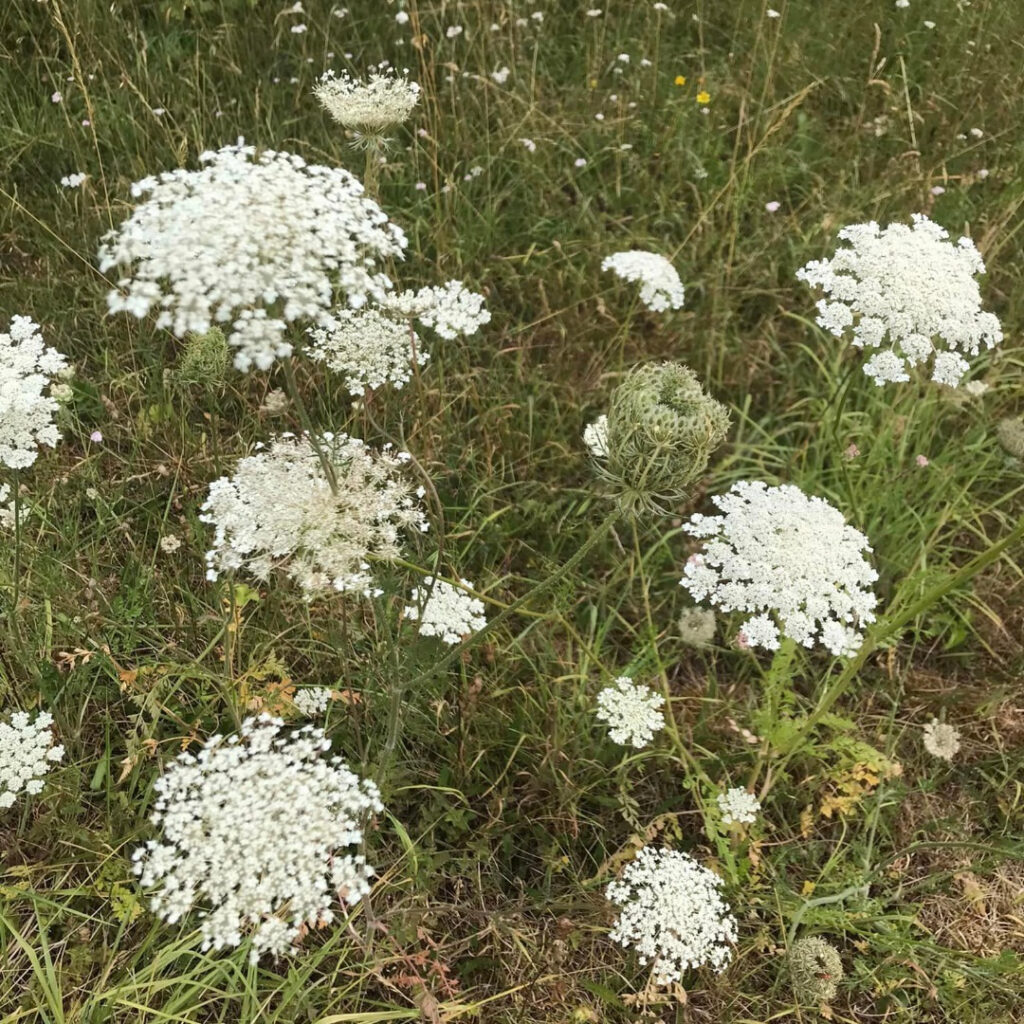

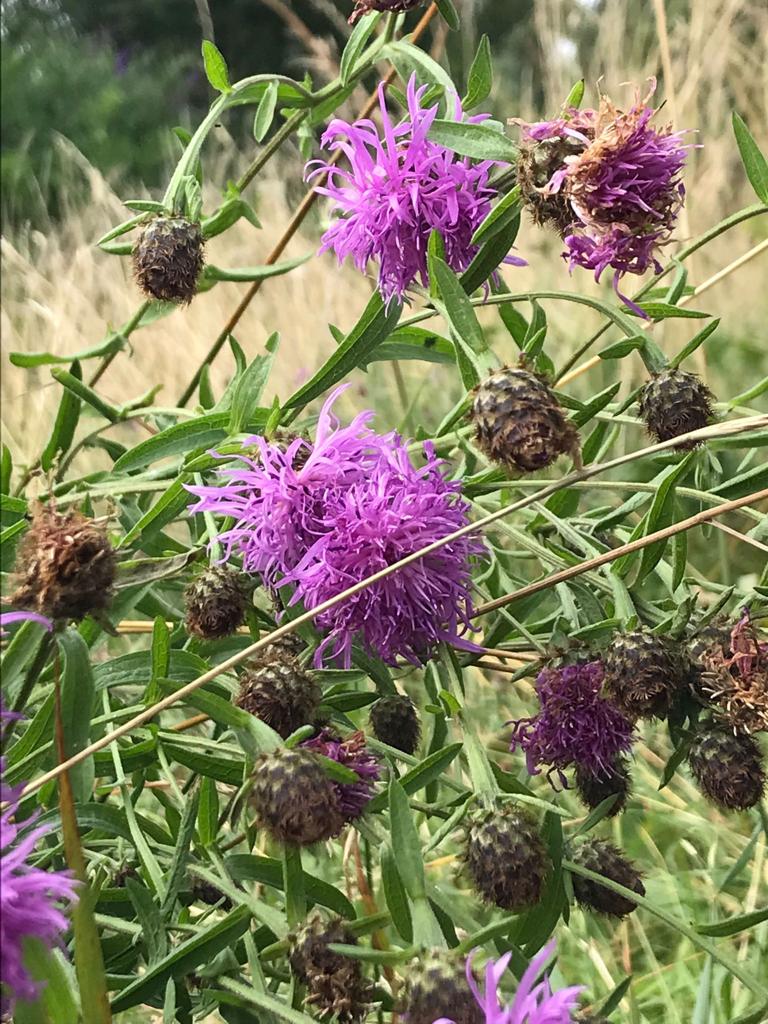

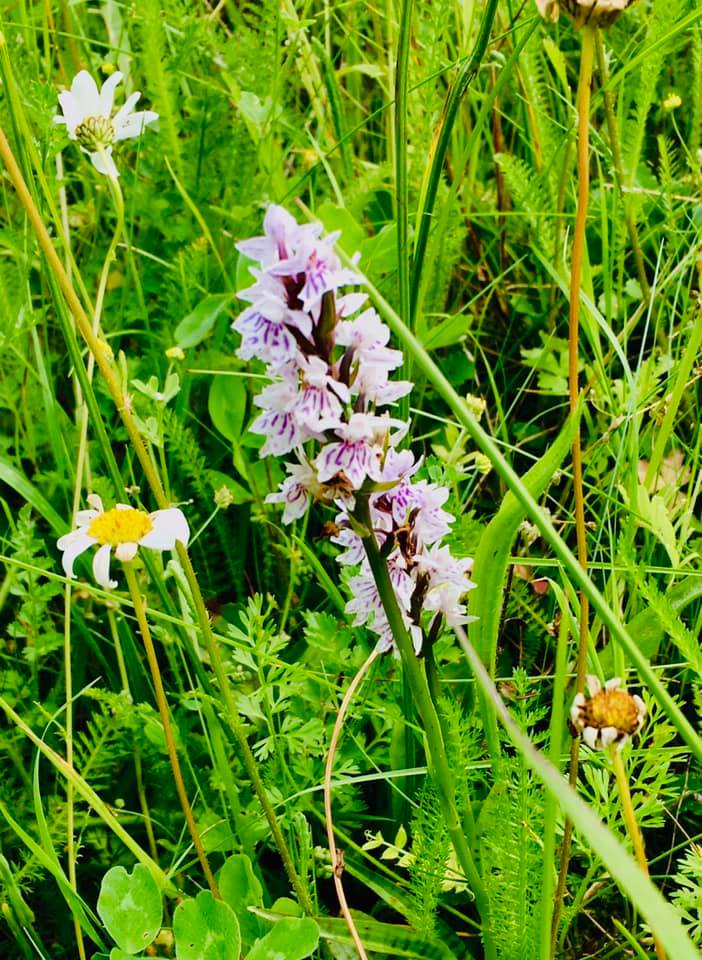
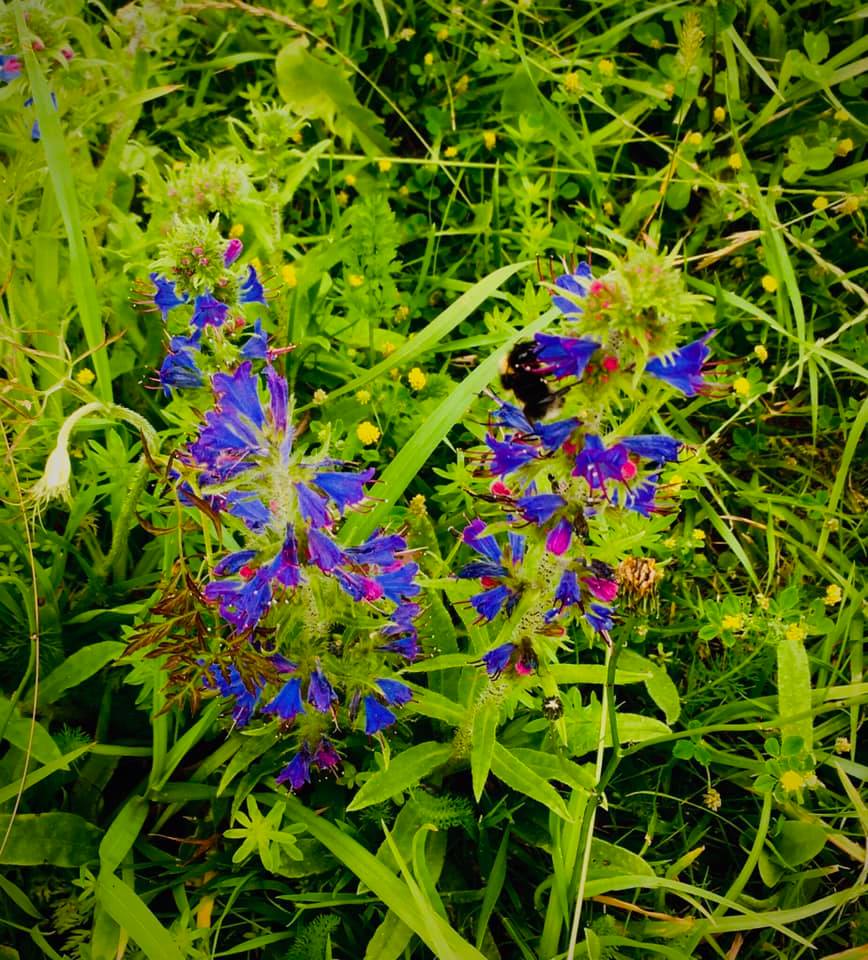
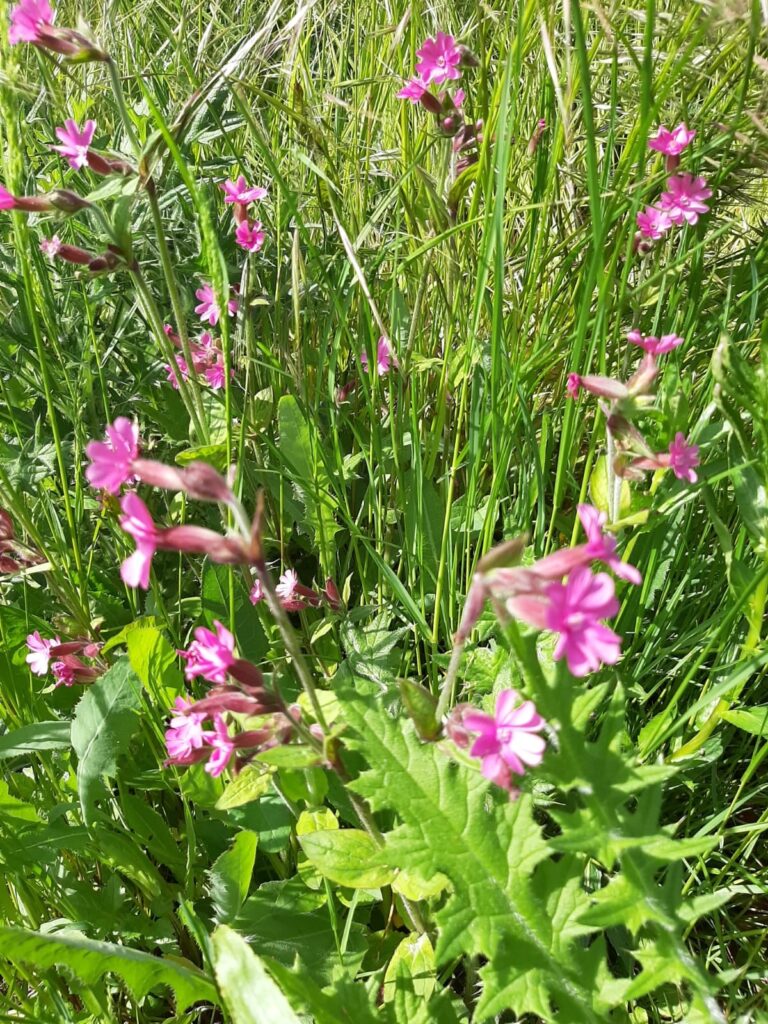



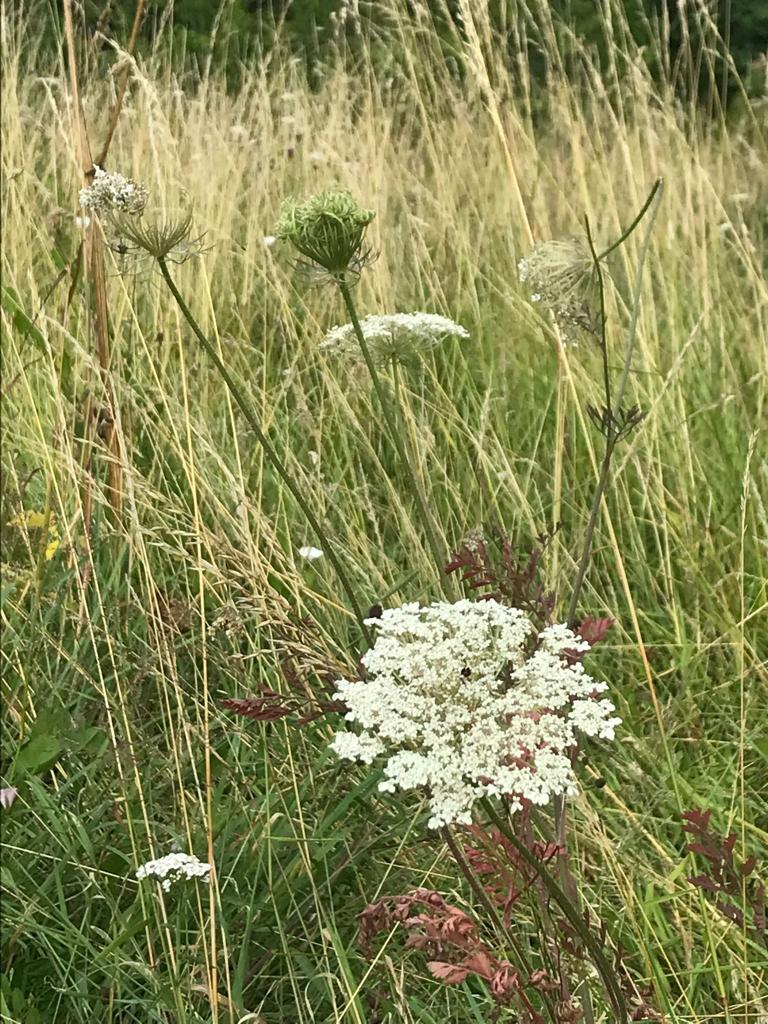

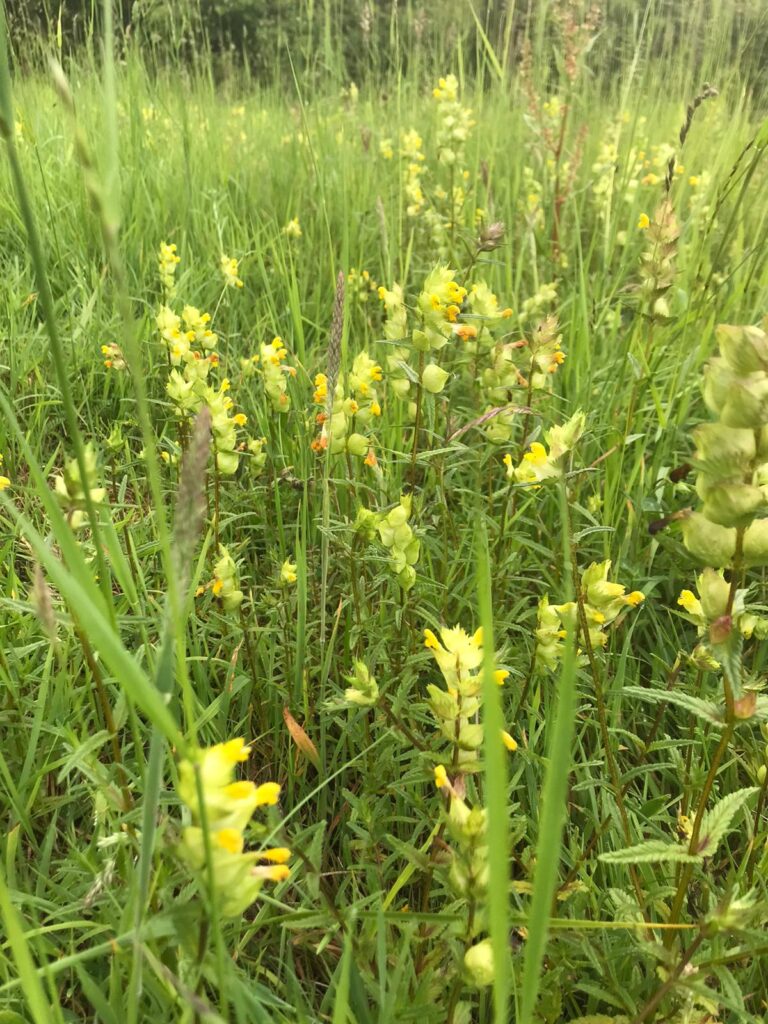


The Lush Meadow
This area at Hirst Copse is rich in soil, with remnants of building rubble from the surrounding houses. While the nutrient-dense soil makes it challenging for wildflowers to take root, we aim to cultivate taller, native flowers reminiscent of those once abundant along roadside verges and hedgerows in the countryside.
Progress So Far
Over the past three years, we’ve planted a variety of wildflower plugs. These plants face tough competition from established grasses, hogweed, and thistles, but we’re hopeful they’ll begin to thrive.
A Growing Habitat
The space is developing into a sheltered mini-jungle, creating an ecosystem that supports grass pollen and seeds, along with an array of beetles, grasshoppers, caterpillars, and more. This growing biodiversity provides food and shelter for birds, bats, hedgehogs, and other wildlife.
While there’s still work to be done—like managing blackberry roots and tree suckers—we’re excited to watch this habitat come to life.

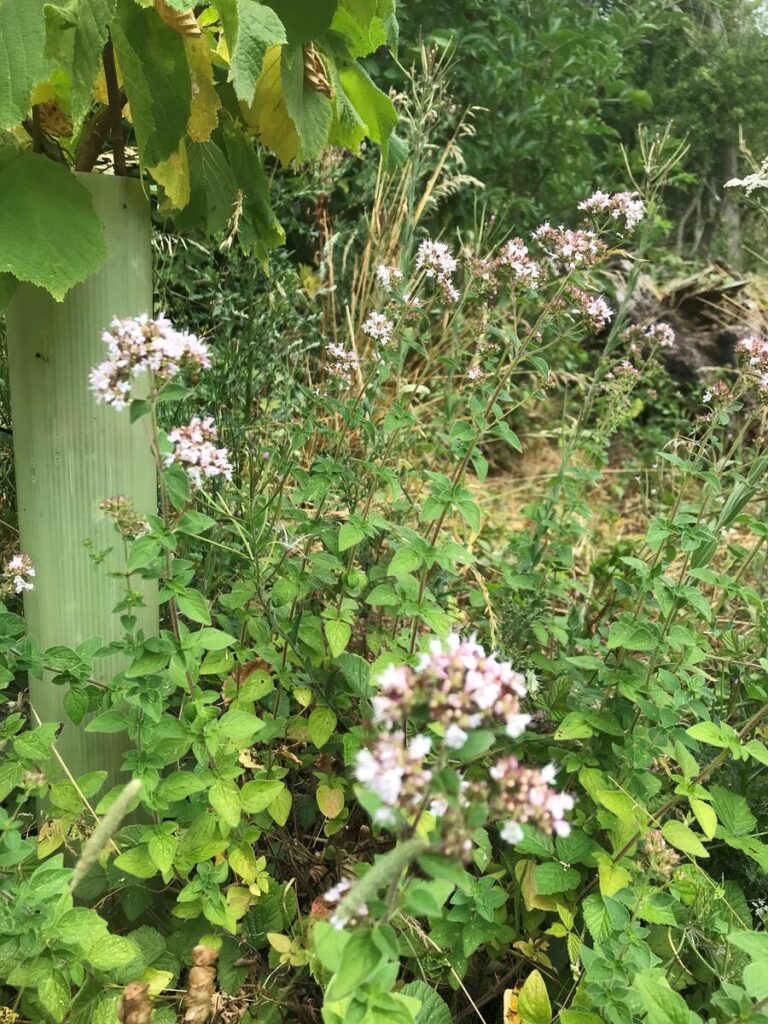

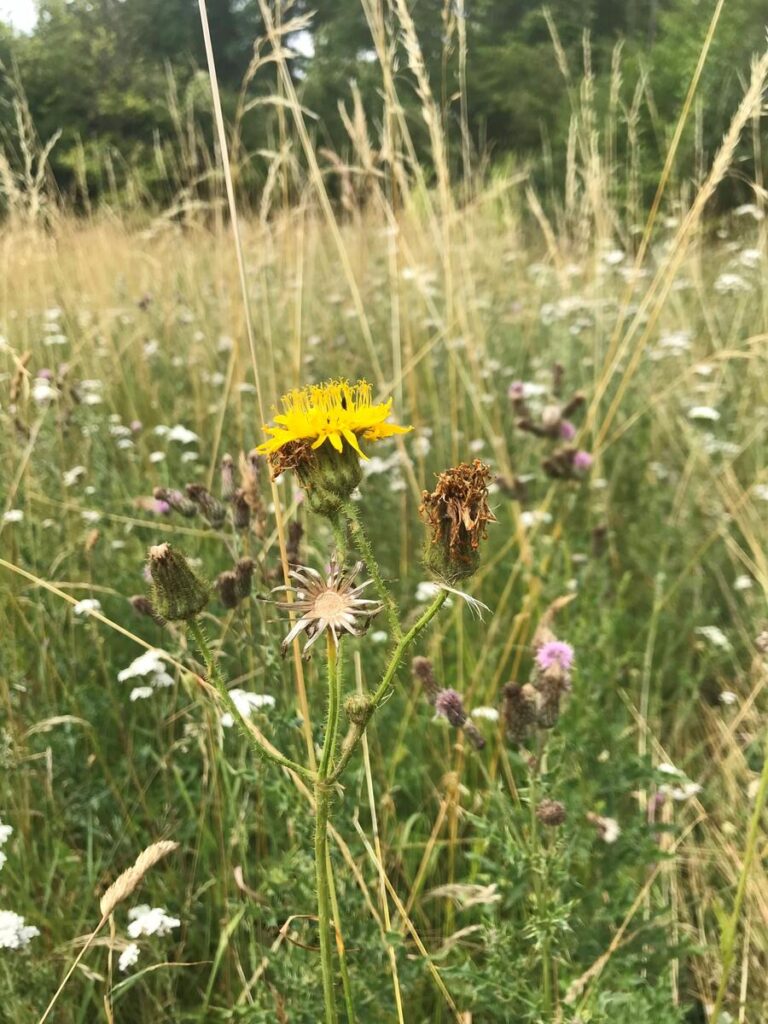


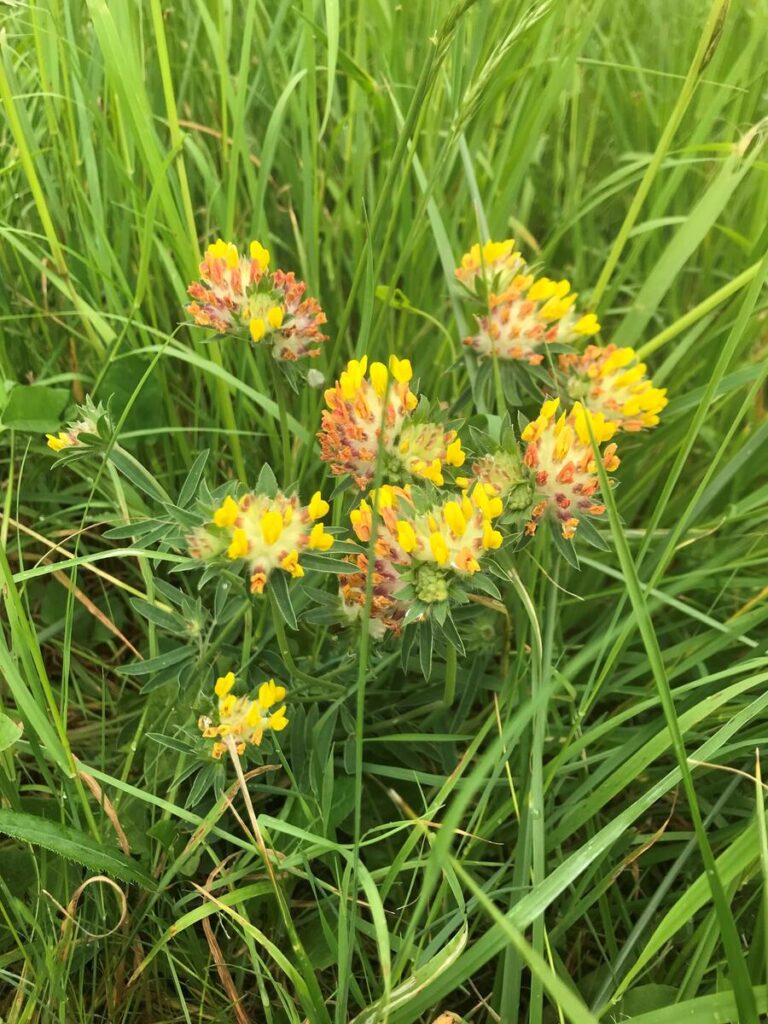
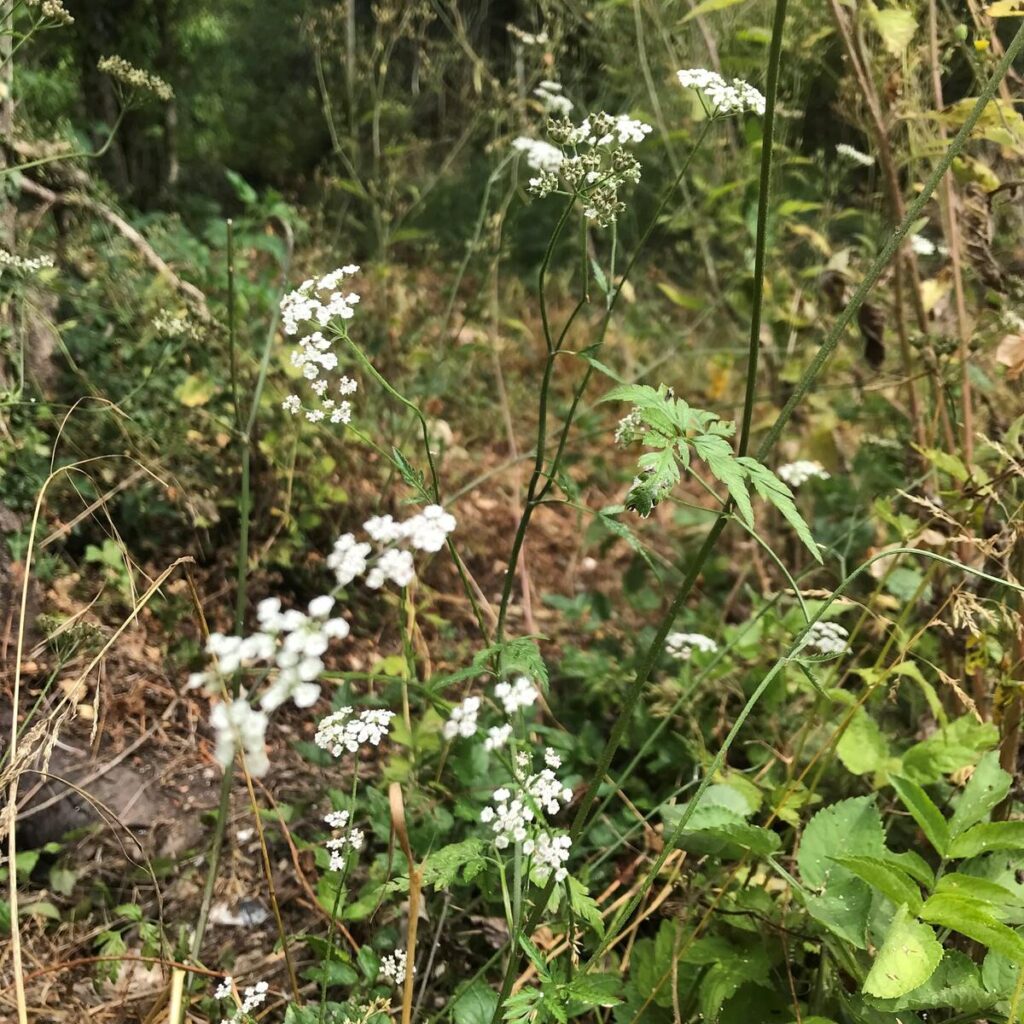
We are proud of the results of all our hard work.
Please visit Hirst Meadow and enjoy the benefits of being in a natural environment and see how many insects, and other wildlife you can spot.
